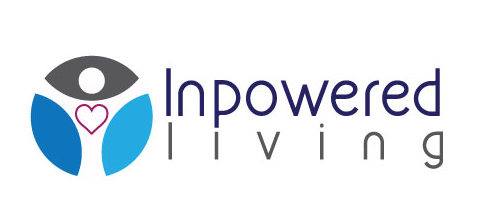A Course In Miracles
LESSON 1.
Nothing I see in this room [on this street, from this window, in this place] means anything.
W-1.1. Now look slowly around you, and practice applying this idea very specifically to whatever you see:
2 This table does not mean anything.
3 This chair does not mean anything.
4 This hand does not mean anything.
5 This foot does not mean anything.
6 This pen does not mean anything.
W-1.2. Then look farther away from your immediate area, and apply the idea to a wider range:
2 That door does not mean anything.
3 That body does not mean anything.
4 That lamp does not mean anything.
5 That sign does not mean anything.
6 That shadow does not mean anything.
W-1.3. Notice that these statements are not arranged in any order, and make no allowance for differences in the kinds of things to which they are applied. 2 That is the purpose of the exercise. 3 The statement should merely be applied to anything you see. 4 As you practice the idea for the day, use it totally indiscriminately. 5 Do not attempt to apply it to everything you see, for these exercises should not become ritualistic. 6 Only be sure that nothing you see is specifically excluded. 7 One thing is like another as far as the application of the idea is concerned.
W-1.4. Each of the first three lessons should not be done more than twice a day each, preferably morning and evening. 2 Nor should they be attempted for more than a minute or so, unless that entails a sense of hurry. 3 A comfortable sense of leisure is essential.
LESSON 2.
I have given everything I see in this room [on this street, from this window, in this place] all the meaning that it has for me.
W-2.1. The exercises with this idea are the same as those for the first one. 2 Begin with the things that are near you, and apply the idea to whatever your glance rests on. 3 Then increase the range outward. 4 Turn your head so that you include whatever is on either side. 5 If possible, turn around and apply the idea to what was behind you. 6 Remain as indiscriminate as possible in selecting subjects for its application, do not concentrate on anything in particular, and do not attempt to include everything you see in a given area, or you will introduce strain.
W-2.2. Merely glance easily and fairly quickly around you, trying to avoid selection by size, brightness, color, material, or relative importance to you. 2 Take the subjects simply as you see them. 3 Try to apply the exercise with equal ease to a body or a button, a fly or a floor, an arm or an apple. 4 The sole criterion for applying the idea to anything is merely that your eyes have lighted on it. 5 Make no attempt to include anything particular, but be sure that nothing is specifically excluded.
LESSON 3.
I do not understand anything I see in this room [on this street, from this window, in this place].
W-3.1. Apply this idea in the same way as the previous ones, without making distinctions of any kind. 2 Whatever you see becomes a proper subject for applying the idea. 3 Be sure that you do not question the suitability of anything for application of the idea. 4 These are not exercises in judgment. 5 Anything is suitable if you see it. 6 Some of the things you see may have emotionally charged meaning for you. 7 Try to lay such feelings aside, and merely use these things exactly as you would anything else.
W-3.2. The point of the exercises is to help you clear your mind of all past associations, to see things exactly as they appear to you now, and to realize how little you really understand about them. 2 It is therefore essential that you keep a perfectly open mind, unhampered by judgment, in selecting the things to which the idea for the day is to be applied. 3 For this purpose one thing is like another; equally suitable and therefore equally useful.
